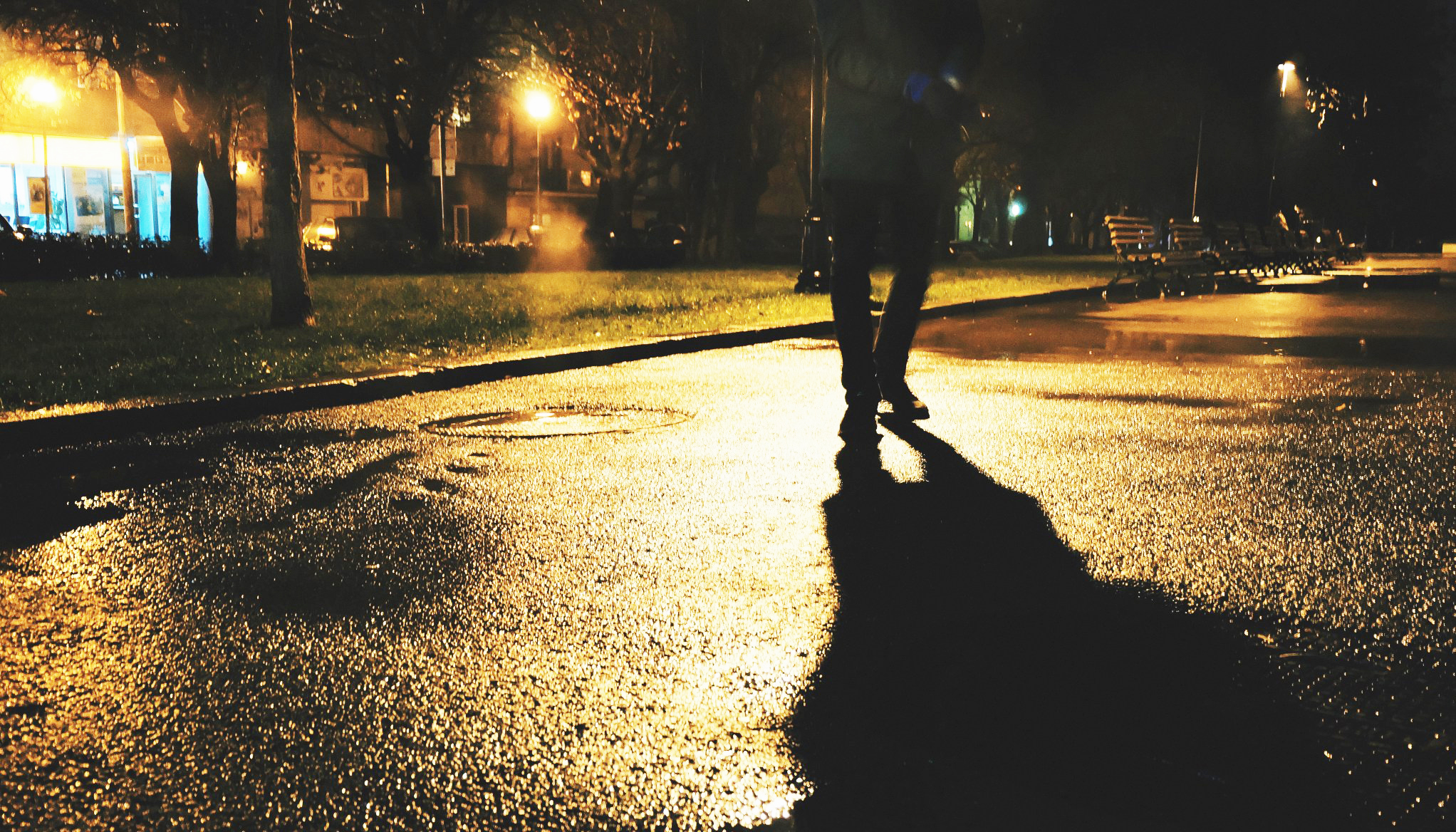If shared fleets of self-driving cars really do hit the streets in the next decade, some big changes are on the horizon. One of the biggest is that individual car ownership will become much less common.

At Market Urbanism, Nolan Gray explores the effect this would have on the way we use the garages attached to typical single-family homes. There's no reason, Gray writes, for regulations to reserve these spaces exclusively for car storage:
Garages are already engines of entrepreneurship. Why not formalize this status and allow individuals to openly operate small businesses out of their garages? By providing inexpensive and flexible spaces, garages cut out a large cost facing new businesses: rent. At present, zoning laws effectively prohibit entrepreneurs from using their garages for business. In many Americans cities, hiring employees, hosting visitors, putting up signs, and altering your garage for business purposes are all outright banned. As urban planner Sonia Hirt notes in her most recent book, these regulations reflect American zoning’s dogmatic insistence on separating work from home. These restrictions effectively mandate sprawl by forcing commercial uses and residential uses into segregated districts. More troublingly, these regulations fall hardest on low-income entrepreneurs by significantly raising the cost of starting a business.
Ending across-the-board prohibitions on garage businesses and focusing on regulations that address negative externalities would empower entrepreneurs and stimulate small business creation. To be sure, in some cases mortgage agreements, federal regulations, and voluntary homeowners associations may prevent garage-based small businesses. But where they would otherwise be allowed, peeling away restrictions on garage-based businesses is an inexpensive way urban policymakers can expand the urban economy in cities that no longer need private car storage. Ironically, the development of autonomous cars provides an opportunity for policymakers to embrace a modern twist on a traditional form of development: the home above the shop. As revolutionary as home- and garage-based businesses may seem today, they were the norm for most of human history.
Liberating garages could also help address an issue that seems to be on everyone’smind: housing affordability. In most cities, vast swaths of territory are zoned exclusively for single-family housing. This means homeowners legally cannot convert unused garage spaces into apartments. While the common single-car garage (typically around 250 square feet) may be too small for anything beyond a spartan efficiency, the equally widespread two-car garage (typically 400 to 600 square feet) is appropriately sized to work as a modest one-bedroom apartment. In larger detached garages, “granny flats” are already growing in popularity despite pushback from policymakers. Officially called accessory dwelling units, their informal name speaks to a larger purpose new garage-based apartments could fulfill: housing millions of retiring Baby Boomers while keeping them close to friends and family. While legalizing garage-to-apartment conversions is not a silver bullet for urban America’s housing affordability crisis, eliminating this artificial restriction on the housing supply will only help.
Gray focuses on rethinking garages in the context of a future of driverless cars. But letting garages be repurposed for new uses is a good reform today, especially in cities where demand for land is high.
Elsewhere on the Network today: BikeWalkLee shares new FHWA guidance on how to take advantage of resurfacing projects to add bike infrastructure. NextSTL says that what would make transit work really well in St. Louis's northern suburbs is more compact development and less sprawl. And another one from BikeWalkLee explains how state lawmakers in Florida have dropped the ball on protecting bicyclists and pedestrians.





